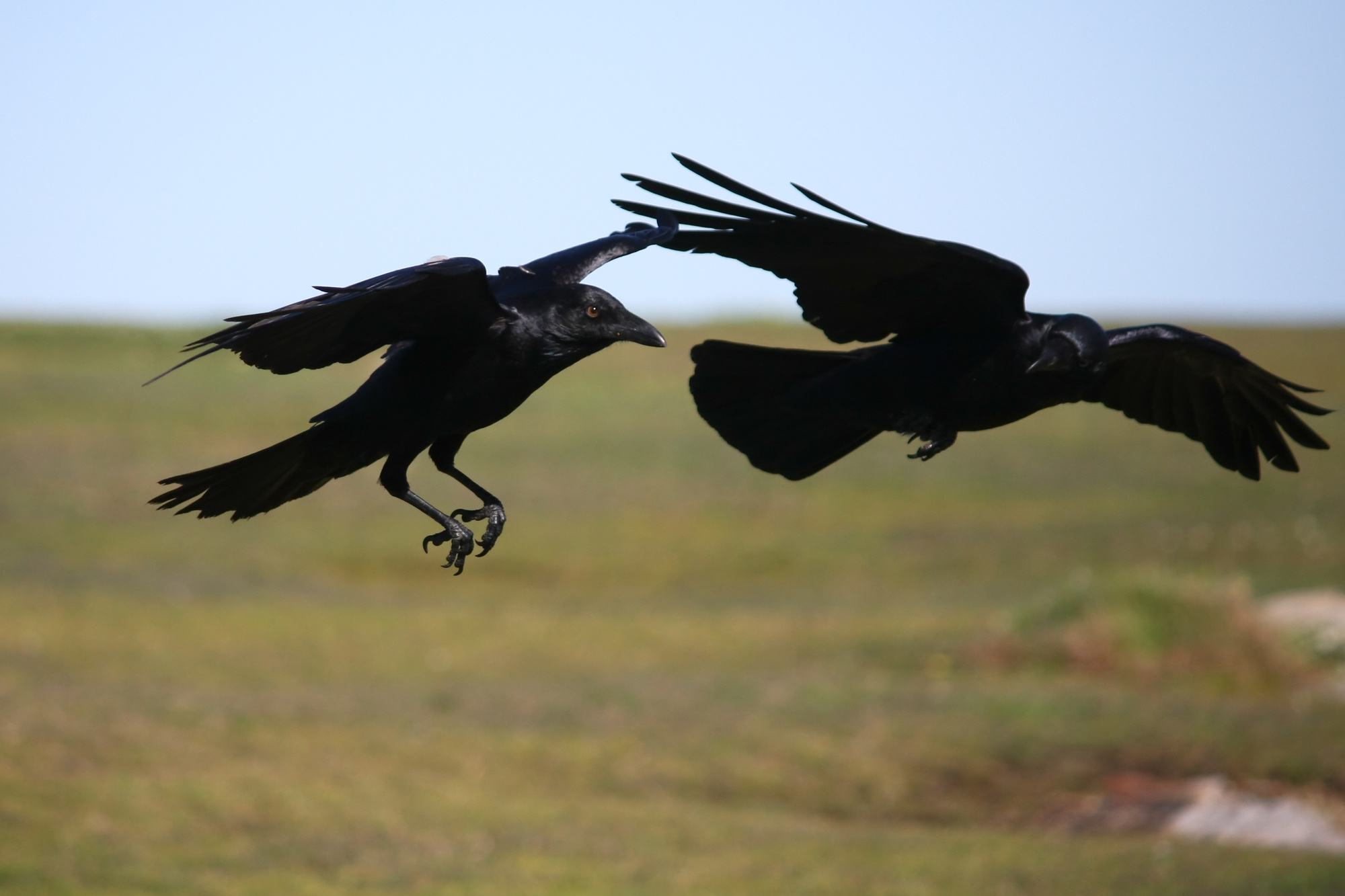There are an estimated 10,000 bird species on the planet. But if you run a farm or vineyard, you need to only concern yourself with just a few. Certain species of birds and lay waste to your crops and facilities if you aren’t adequately guarding against them.
In this guide, we’ll brief you on the biggest bird pests that you’re likely to run into on your farm and how to identify them.
Crows
If you have an apple orchard, you may be particularly susceptible to invasive crow populations. Crows love apples and are known to peck large triangular holes into them. This, of course, ruins the apples, making them more susceptible to rot and insect damage.
Crows will eat almost anything, else too. They love grains and garbage on top of apples, so you’re likely to run into them regardless of crop.
Spotting a crow is relatively easy, as they’re all-black birds that travel in large groups. They’re vocal birds with hoarse caws. Crows are easily mistaken for ravens, but crows are generally smaller and have shorter beaks and tail feathers.
Sparrows
Sparrows can prove ruinous to crops, but they’re particularly disastrous if they invade your buildings and other infrastructure. Sparrows like to build large, dense nests made of grass, straw, weeds, and garbage. These nests can do damage to the sidings of houses, and clog drainage pipes and gutters.
To spot a sparrow, look out for a black chest and white cheeks in males, and a grey color in females. They also have a noisy, droning chirp that is easy to distinguish.
Robins
American robins are common and beautiful birds that can lay waste to your fruit crops if you aren’t careful. These birds love to feast on cherries, grapes, berries, and other small fruits. If they aren’t managed, these birds can cause sizable crop damage.
You can spot these birds easily, as they have a unique reddish-orange breast and gray wings.
Blackbirds
Blackbirds are one of the biggest destroyers of grain crops in the U.S., at least when it comes to birds. In 1970, a study found that nearly 6.8 million bushels of corn crops were ruined by blackbirds alone.
Identifying a blackbird is relatively easy. The males are small all-black birds (similar to crows) with orange beaks. The females, ironically, are a bit browner in color and lack the signature orange beak.
Starlings
Starlings are quite the sight to behold, as they tend to flock together in the thousands. Of course, if they happen to welcome themselves to your land, they can absolutely take over your trees and rooftops, devouring everything in sight.
To spot a starling, look for flecks of white in their black-purplish feathers as well as pointed feathers on their wings when they’re flying.
Need Help Controlling Bird Pests?
Now that you know who the biggest avian threats are to your crops or farm buildings, you can now work on deterring them. There are many ways to manage an invasion of birds onto your property, but the best and most cost-efficient may be our FrightKites.
These kites, designed to look like large birds of prey, will keep even the most adamant bird pests away.


